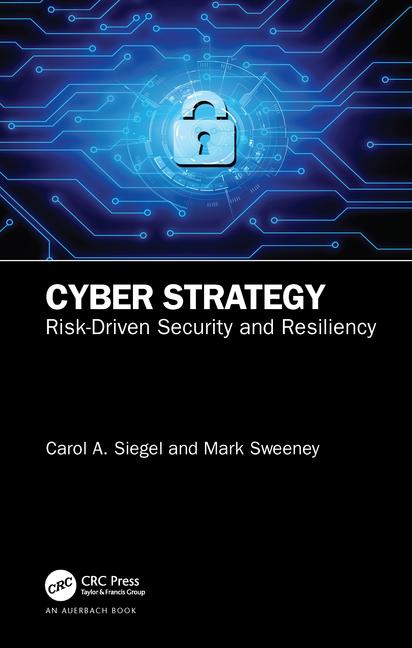Taxes, Cyber Security Climb to Top of Global Business Risks

High taxation is now viewed as the top threat to global business, according to the third Lloyd’s Risk Index.
The survey of more than 500 of the world’s most senior business leaders suggests that executives are focusing on more pressing problems, including cyber attacks and increased material costs, rather than longer-term strategies. According to a Lloyds press release, top findings include:
High taxation is identified as the biggest risk facing business leaders after prolonged public and political exposure and debate. Over the past two years, taxation has climbed from 13th to first place in the rankings.
Cyber security is squarely at the top of the agenda for boards around the world – cyber risk moved from 12th to third place in the index. The series of high-profile incidents in 2011 awakened business leaders to its importance.
Loss of customers slipped to second place, even as businesses struggle with the continued effects of economic turbulence.
In response to the findings, Lloyd’s Chief Executive, Richard Ward, warns that focusing on near-term issues at the expense of long-term strategic decision-making can leave enterprises over-exposed to future business challenges.
The index also reveals how the relationship between preparedness and prioritization of risks has changed in recent years, as well as the diverging approaches taken by large and smaller enterprises:
Over the last five years, the index reports, business leaders have developed a more sophisticated and proportionate approach to risk management. For example, in 2013, across the 50 key risks, those given a high priority score are also given a higher preparedness score, compared to lower preparedness for lower priority risks.
In 2013, company size is the biggest differentiator in risk perception and management. In 2009, large and small companies had a more comparable view on priority and preparedness across all risks than in 2013. Now, small companies give all risks lower priority (10 percent below average) compared to larger enterprises (8 percent above average).High taxation is now viewed as the top threat to global business, according to the third Lloyd’s Risk Index.
The survey of more than 500 of the world’s most senior business leaders suggests that executives are focusing on more pressing problems, including cyber attacks and increased material costs, rather than longer-term strategies. According to a Lloyds press release, top findings include:
- High taxation is identified as the biggest risk facing business leaders after prolonged public and political exposure and debate. Over the past two years, taxation has climbed from 13th to first place in the rankings.
- Cyber security is squarely at the top of the agenda for boards around the world – cyber risk moved from 12th to third place in the index. The series of high-profile incidents in 2011 awakened business leaders to its importance.
- Loss of customers slipped to second place, even as businesses struggle with the continued effects of economic turbulence.
In response to the findings, Lloyd’s Chief Executive, Richard Ward, warns that focusing on near-term issues at the expense of long-term strategic decision-making can leave enterprises over-exposed to future business challenges.
| 2013 Top Five Risks | 2011 Top Five Risks |
| Taxation (up from 13th in 2011) | Loss of Customers/Canceled Orders |
| Loss of Customers/Canceled Orders | Talent and Skills Shortages |
| Cyber Risk | Reputational Risk |
| Price of Material Inputs | Currency Fluctuation |
| Excessively Strict Regulation | Changing Legislation |
The index also reveals how the relationship between preparedness and prioritization of risks has changed in recent years, as well as the diverging approaches taken by large and smaller enterprises:
- Over the last five years, the index reports, business leaders have developed a more sophisticated and proportionate approach to risk management. For example, in 2013, across the 50 key risks, those given a high priority score are also given a higher preparedness score, compared to lower preparedness for lower priority risks.
- In 2013, company size is the biggest differentiator in risk perception and management. In 2009, large and small companies had a more comparable view on priority and preparedness across all risks than in 2013. Now, small companies give all risks lower priority (10 percent below average) compared to larger enterprises (8 percent above average).
Looking for a reprint of this article?
From high-res PDFs to custom plaques, order your copy today!








